Table of Contents
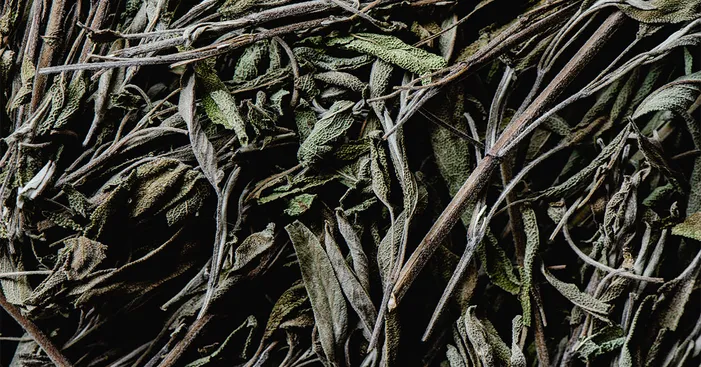
Welcome to the wonderful world of dried sage!
Sage is an incredibly versatile herb that has been used for centuries for its medicinal and culinary purposes.
In this blog post, we will explore the many benefits of dried sage and how it can be used to enhance your health and wellbeing.
From its anti-inflammatory properties to its antioxidant content, dried sage is a powerhouse of goodness that can help boost your immune system, reduce stress, and even improve your skin condition.
So, if you’re looking for a natural way to improve your health and wellbeing, then read on to learn more about the amazing benefits of dried sage!
Dried sage: overview
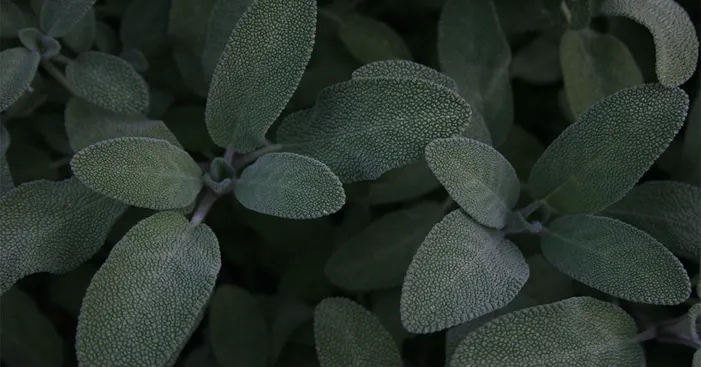
Medicinal sage is a shrubby plant with evergreen flowers, which adapts well to warm and temperate climates.
There are approximately 450 to 500 different varieties of sage in the world.
Sage leaves, which have a strong odor, are gray-green in color, but in some varieties they can be variegated, purple and red.
Sage is usually propagated with brown, egg-shaped seeds, but can also be propagated by cuttings.
Medicinal sage leaves contain an essential fatty acid called oleum Salisae.
Medicinal sage is not grown much in our country, but Anatolian sage, which is similar, is consumed as a tea and is also used as a spice in some regions.
Different types of sage:
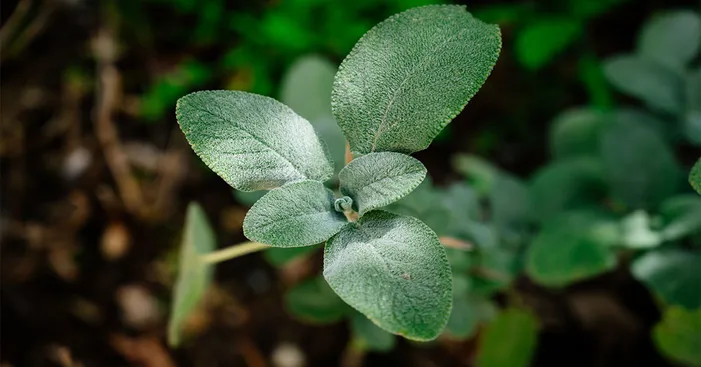
People have long been cultivating sage across the earth and in different cultures.
Through environmental adaptation and cultivation, many varieties have appeared.
Some specialists would even say that there are more than 800 different types of sage.
However, the most famous main species can be classified in four big groups:
- Hormone sage (salvia horminum or salvia veridis) “veridis” is the Greece word for “greenness”, a natural aphrodisiac that evokes youth.
- Sage (salvia officinalis), a sacred herb, also known as Greek tea and it is is one of the most widespread in the West.
- Clary sage (salvia sclarea) the name is derived from the word sklèros which means “hard”, “dry”.
It is used to fight dry eyes but also for mucous membranes. - White sage (salvia apiana) This variety comes from North America.
It is one of the most important sacred herbs used by the Amerindians.
They use it in incense for all kinds of ceremonies.
Sage effect on insomnia:
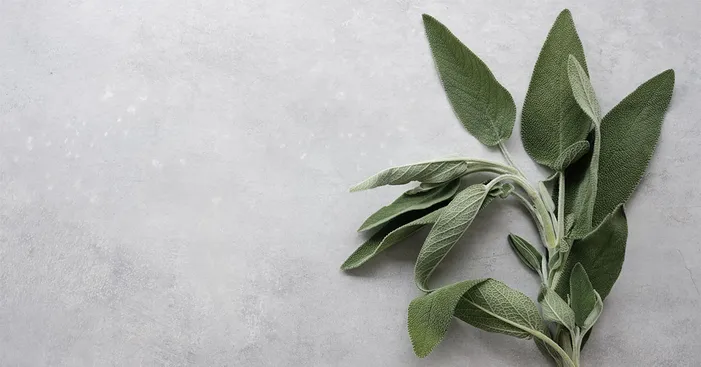
Sage does not appear to be a cure for sleep or incontinence.
However, studies have shown that certain compounds found in sage can help reduce stress and nervous tension, which can improve sleep quality.
The use of sage oil (aromatherapy) may also be beneficial for women going through menopause.
Although sage may help improve sleep quality, there is no scientific evidence that it can directly induce sleep.
Dried sage nutritional values and health benefits:
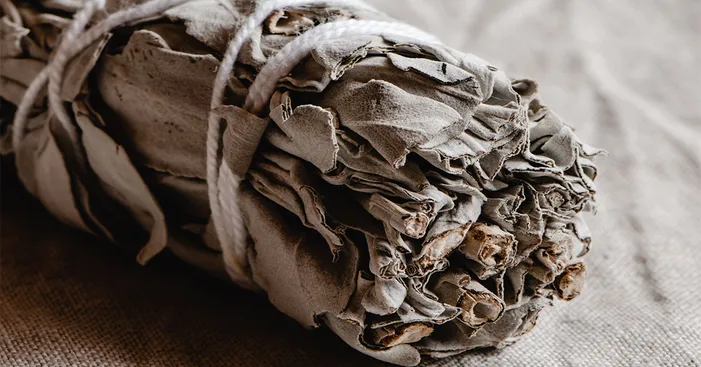
Nutritional values:
Sage is full of vitamins and minerals essential for the well-being of our health.
Among the main nutrients in this plant we mention:
- B3 vitamin: helps convert carbs, proteins and fats into energy.
- A vitamin: Essential for the immune system, the reproductive system, eye health.
- C vitamin: Helps fight free radicals, promotes the production of antibodies and benefits the skin.
- K vitamin: Reduces the risk of blood clotting.
- E vitamin: Promotes the production of hormones and boosts the immune system.
- B6 vitamin: Stimulates brain function and activates the nerve system.
- B9 vitamin: Activates the immune system.
- Copper: Promotes iron absorption and involved in blood cells creation.
- Calcium: Essential for bones and teeth development.
- Iron: increases body’s resistance and promotes the formation of red blood cells.
- Manganese: Promotes collagen production, works in cooperation with vitamin K to prevent blood clots.
- Potassium: Protects heart health and prevents edema formation.
- Zinc: Prevents infections and chronic diseases.
Health benefits:
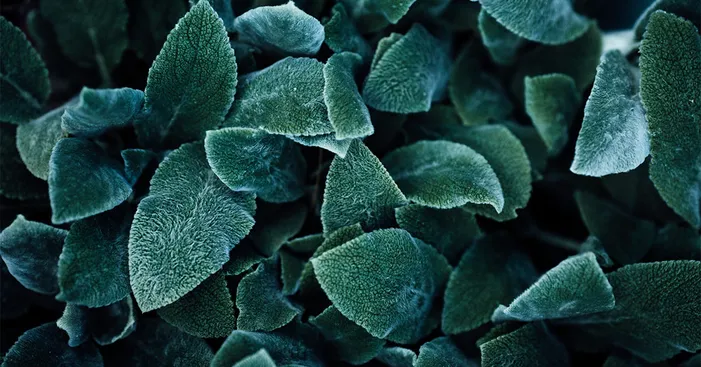
Great antiseptic properties:
Thanks to its rich nutritional values, dried sage can heal stings and bits while calming down the pain.
Not only that but this plant can also help with throat infections.
An easy to make infusion using dried sage and warm water would be sufficient to treat sore throats.
This is mostly thanks to its anti-microbial properties which can reduce bronchial secretions.
No wonder why ancient civilization have always used it in traditional medicine to treat colds and bronchitis.
Regulates hormone:
Dried sage have always been used to regulate menstruation cycles and reduce cramps.
In many traditional practices across, women used dried sage to help regulate hot flashes.
It is believed that once we consume sage, it regulates the production of hormones.
However, we still need studies to prove the hormonal effect of sage.
Sage relieves sore throats and improves oral hygiene
To clean your mouth thoroughly, you can also use sage which will then fight the bacteria responsible for dental plaque and gum irritation.
Rubbed regularly on the teeth, the fresh leaves also help to whiten the enamel.
Sage has many other virtues, such as the power to boost the immune system, to promote healing, or to fight excessive sweating.
And, to top it all off, it is also delicious in the kitchen for flavoring dishes!
Good for digestion:
Dried sage is great for digestion and this has been confirmed by the majority of experts.
Specifically, this herb is perfect to reduce vomiting and treat spasms or gas.
Not only that but sage can also be perfect for appetite stimulation.
Used mainly in the form of infusion made from dried sage and hot water.
Other dried sage health benefits:
- Reduces bloating, flatulence, digestive discomfort and slow digestion.
- Helps to reduce hot flashes.
- Promotes menstrual well-being, especially during the premenstrual period, and hormonal balance.
- Reduces excessive sweating.
- Protects cells against oxidative stress.
- Promotes bone remineralization during menopause.
- Stimulates the body’s defenses.
Precautions before you consume dried sage:

- Regular and excessive consumption of sage can reduce sperm count in men.
- So does sage cause miscarriage?
Some of the phenolic compounds found in sage can cause a threat of miscarriage in pregnant women.
Pregnant women are advised not to drink sage without consulting their doctor. - Sage, which contains dense phenolic compounds, is an allergenic plant because of its properties.
Excessive consumption can cause allergies. - So does sage increase blood pressure?
Too much sage consumption can lead to stomach problems and increase blood pressure. - High sage consumption can trigger seizures.
- Sage has the effect of reducing the ability of nursing mothers to secrete milk.
For this reason, it is important for nursing mothers not to consume sage without consulting their physician. - The thujone substance in the sage plant is a highly toxic substance.
This is why in some people, drinking sage can cause heart palpitations as a side effect. - For adults only and keep out of reach of young children.
- Not recommended for children under 12 years, pregnant or nursing women.
- Dried sage cannot replace a varied diet and a healthy lifestyle.
Using dried sage:

Dried sage adds a pleasant touch to many dishes:
- Stews and stews.
- Banana meats, especially veal.
- Sauces, especially to accompany red meat roasts.
- Breads and pizza dough.
- Stuffing for game and poultry.
- Veggie pies.
- Infusions.
- Sandwich mixes (egg, chicken, etc.)
- Risottos and other rice dishes.
- Legume and vegetable soups.
- Dressings.
Drying sage at home :
- Arrange the sage that you have cleaned on parchment paper.
- Set your oven to the lowest temperature.
Choose the lowest temperature in your oven, as oven drying can quickly damage the flavor, color and oils of the sage.
To avoid damage, you should dry the leaves as slowly as possible. - The highest temperature you should use is 80 degrees.
- If you have an electric oven, open the oven door.
By doing that, it allows air to circulate, so the plants can dry.
This also prevents the temperature inside the oven from getting too high. - If you have a gas oven, do not light the oven, as it is dangerous to let the gas fill the stove.
Instead, turn the oven on every 5 minutes to allow air to circulate. - After 30 minutes, turn the sage leaves.
- Let the sage dry for 1 hour.
Set a timer and check the sage every 15 minutes to make sure it is not drying too quickly. - If you think the sage is dry before you reach the 1-hour mark, pull it out early.
- Test the sage to see if it is dry.
The leaves should be dry and brittle.
Rub a leaf between your fingers to see if it crumbles easily.
Buying sage :
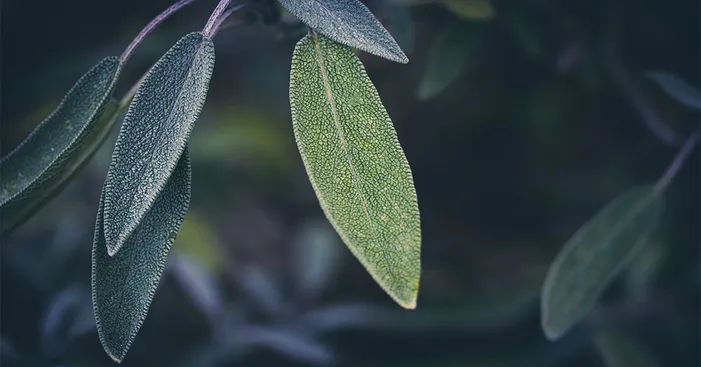
When buying sage, look for firm stems and deep green leaves that are free of blemishes and bruises.
Dried varieties are also available, in whole leaf, flake or powder form.
This can be a useful alternative if fresh is not available, but nothing beats the taste of fresh herbs.
Storing dried sage:
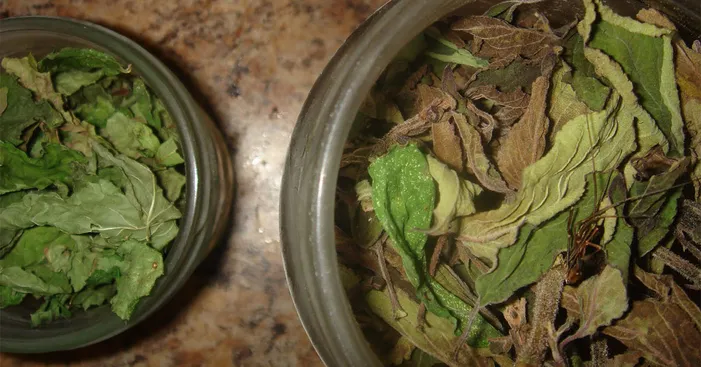
- Roll the sage with your fingers, crumbling it.
If using sage as a seasoning, it is best to tear it.
Rub each leaf separately, continuing until it is ready to hide. - Transfer the dried sage to an airtight container.
You can use a jar, thick bag or ziplock.
Make sure there are no leaks in the seal, as moisture in the air can ruin the batch. - Place the container in a cool, dry place.
You can store the sage in the pantry, cupboard or refrigerator. - If you use a clear jar, leave it in the dark to preserve the color of your sage.
